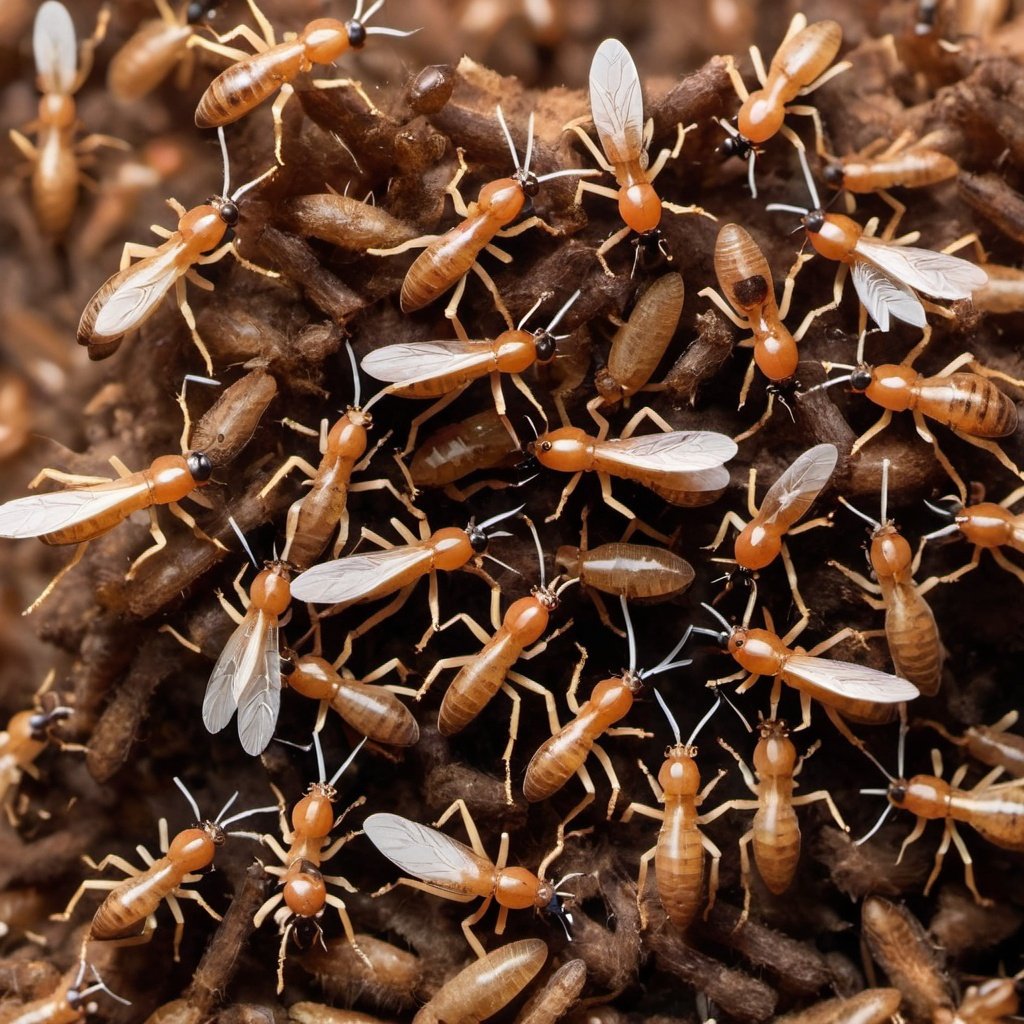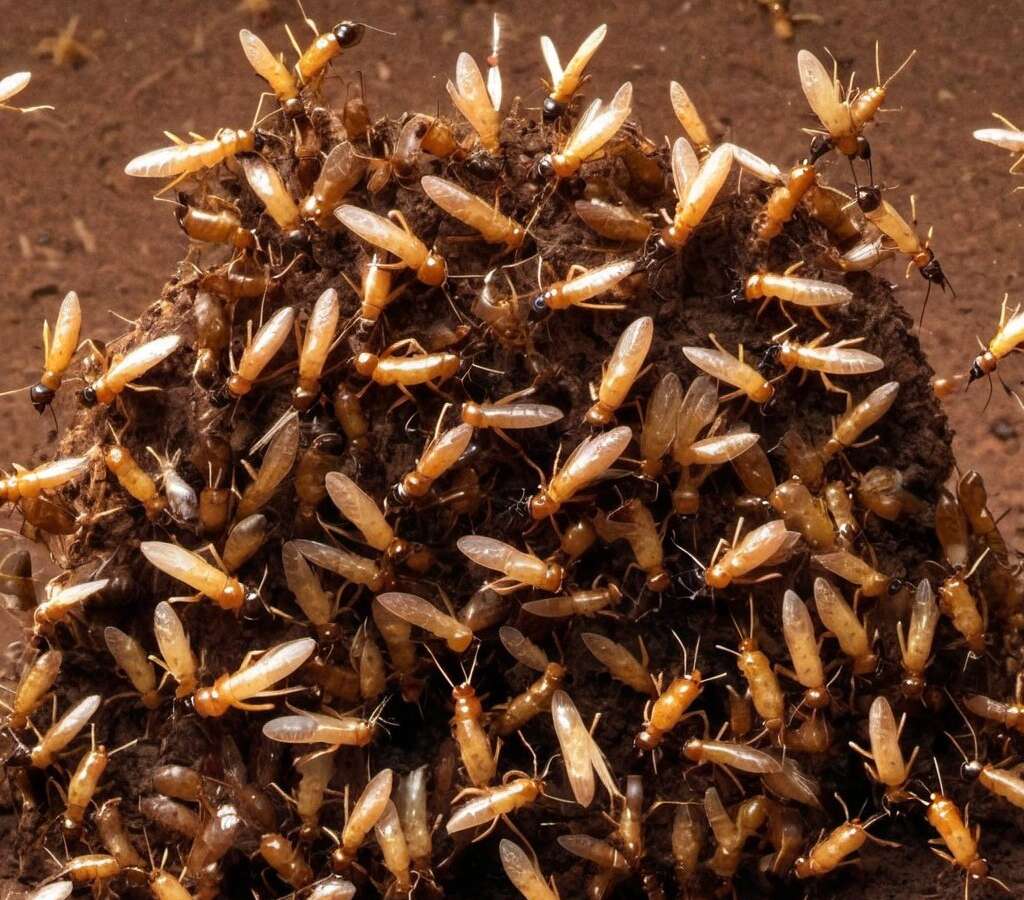Of all the wood destroying insects, termites are the most famous. And with good reason. Termites cause more economic damage than any other insect. They search and destroy the wood in homes, businesses and other structures. Many have wondered how termites communicate? They use pheromones, or hormonal smells, and vibrations to communicate food location, danger and reproductive information.
Termites are a colony insect. They depend on a division of labor to accomplish all sorts of work and tasks necessary to the survival of the colony. New sources of food must be found, the young larvae must be fed and threats to the colony have to be stopped. All of these tasks require that the nest mates communicate to one another about a host of information.
FINDING FOOD
Most of the termites found in Oklahoma are subterranean termites. These termites stay underground to maintain the correct temperature and, more importantly, moisture. They are very susceptible to drying out. Because of this, they build mud tunnels from the ground in order to search for food. By staying in the tunnels, they can essentially stay underground, maintaining their temperature and moisture needs.
When foraging for food, the termite will use a gland on its abdomen to secrete a pheromone. This pheromone will be smelt by other termites to identify what the termite is doing, and where he went. He will slowly dab his abdomen while foraging to create a dotted line. If he finds food, he will quickly retrace his steps, dragging his abdomen. This creates a much stronger scent that more termites will follow.
PROTECTING THE COLONY
Termites have many enemies, but none more dangerous than the ant. As a defense, termites have soldiers to protect them. These soldiers are easily identified by their larger heads. They have large mandibles that can crush, cut and kill. They also have glands that secrete chemicals that can work against an ants healing itself, irritants, poisons and glues, all used to war against their enemies.
When the colony is breached, termites will drum their heads against the ground around them. They do this at a certain frequency, in order to alert the other termites in the colony. They will also use their vibration sensing ability to eavesdrop on ant colonies nearby. Using this information, they can avoid most confrontations. Once a threat is neutralized, the soldiers will also drum. When other soldiers hear this pattern, they will mimic it, sending a signal to retreat back into the nest to all the other soldiers in the area. This is how termites communicate.
REPRODUCTION
The queen is the main source of reproduction in the colony. But, as a colony grows, secondary reproductives can arise. These secondary queens will not individually produce more eggs than the original queen, but together they can produce many thousand eggs. But in order to do this, queens must be able to communicate their reproductive status to the workers around her, and to the secondary queens.
The queen and king produce a pheromone that includes hydrocarbon. This hydrocarbon lets the worker ant know that this is royalty. They shake in their presence as a sign of knowing that this is their parent reproductives. She will also use this pheromone to signify how fertile she is. This information can be very important to know if other nymphs should become reproductives, or if a secondary reproductive should produce more or less eggs.
Termites have developed a variety of ways of communicating with one another. It is important to understand how termites communicate. If you are in need of an exterminator in the Tulsa, Broken Arrow, Owasso, Jenks, Bixby, Sand Springs or Sapulpa area, Contact Us at TermMax Pest Control. We are here to help!



